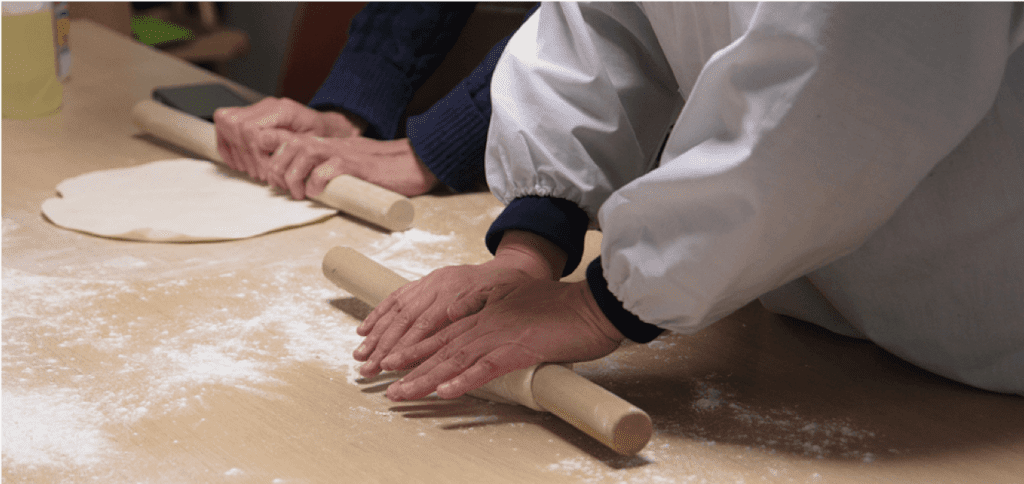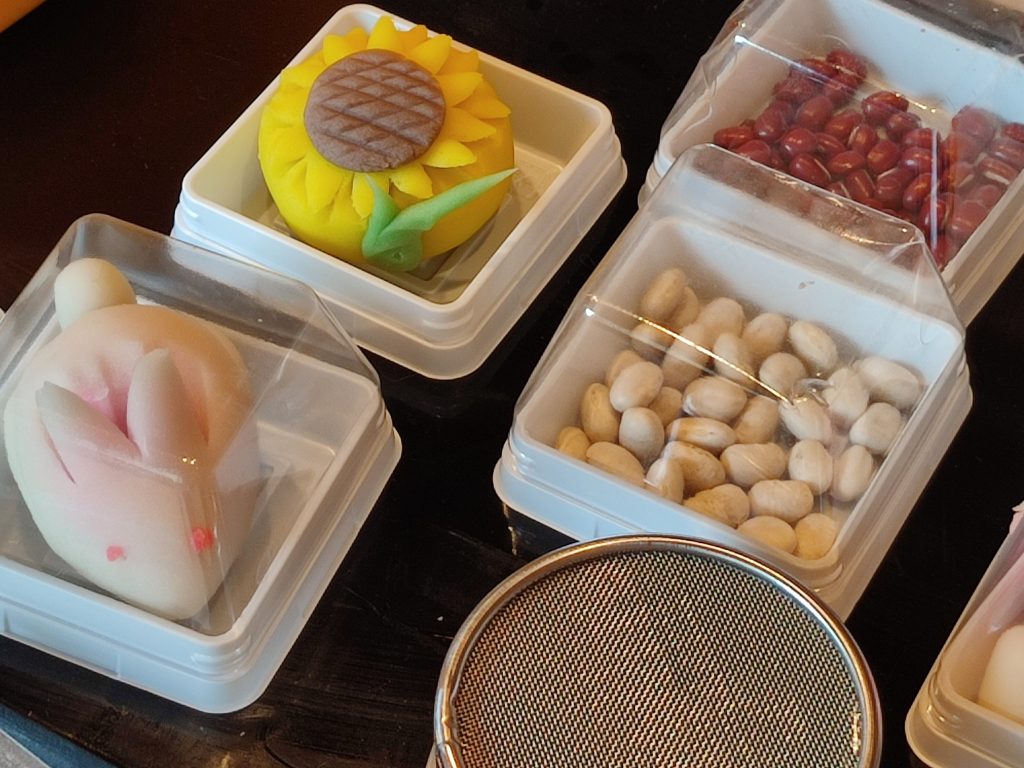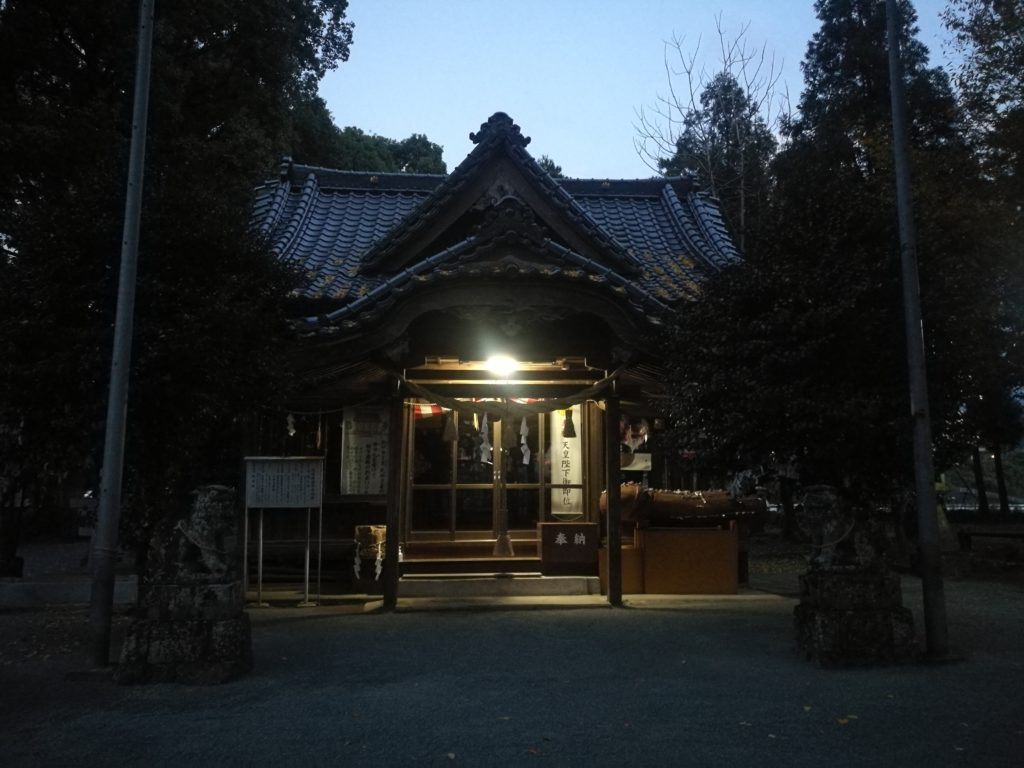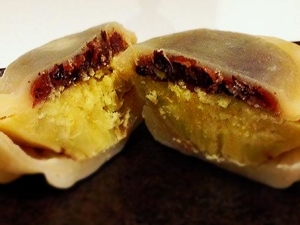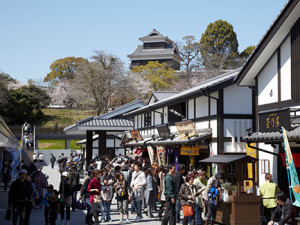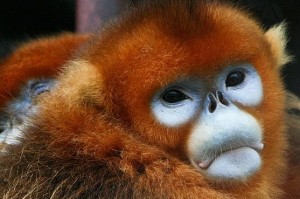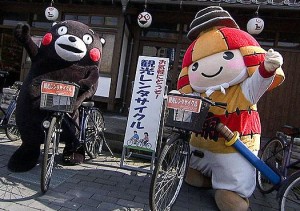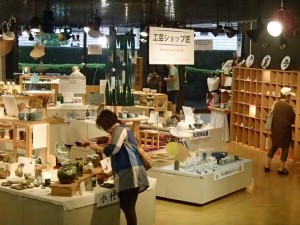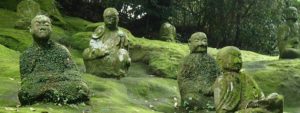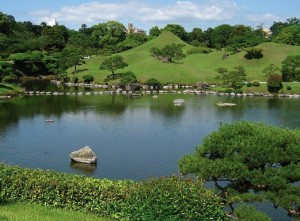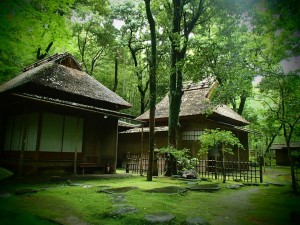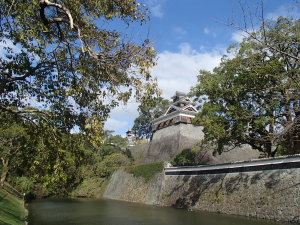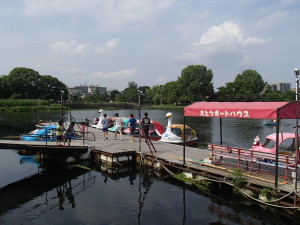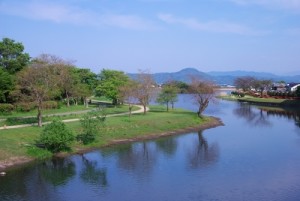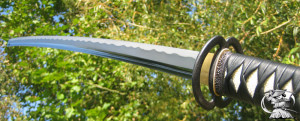Kumamoto City is the second largest city in Kyushu island with a population of around 730,000 people. Kumamoto prefecture is situated in the centre of the island of Kyushu on its western coast. The city nestles at the base of the Kinpozan mountains and grew up around Kumamoto Castle which was completed by the great samurai general Kato Kiyomasa in 1607. The domain of Kumamoto (at that time called Higo) went on become the military and cultural capital of Kyushu for centuries.
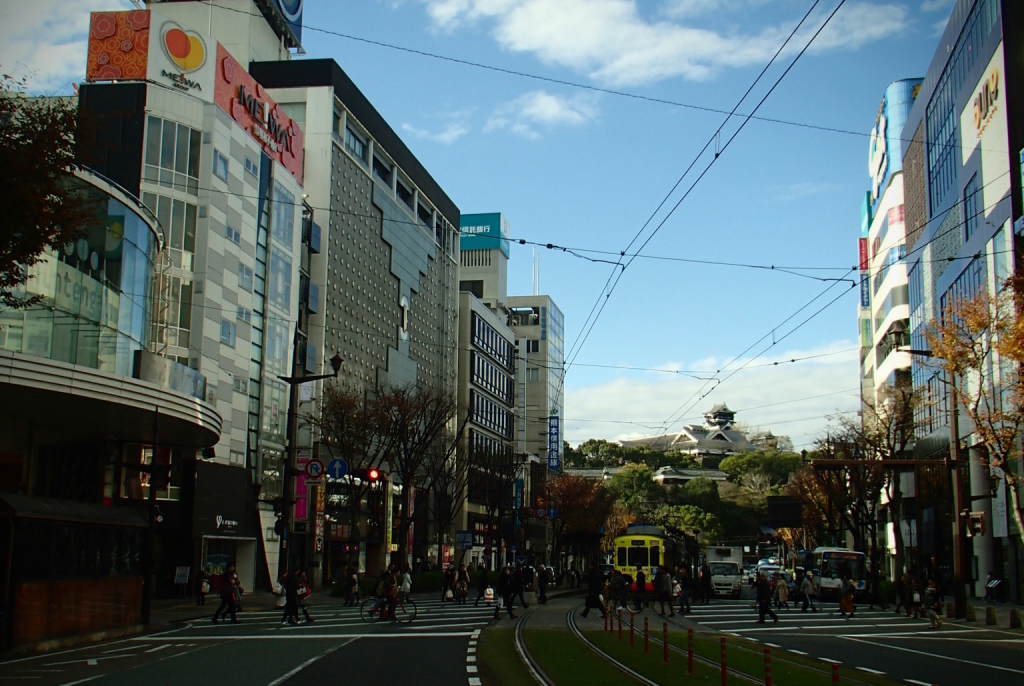
The 'Last Samurai' connection...
In 1877 Kumamoto City suffered by being at the center of the Seinan Civil War. Kumamoto Castle was besieged by the last samurai of Kagoshima; Saigo Takamori and his followers. The siege went on for over 2 months and during it much of the castle and city were destroyed by fire and fighting. Takamori lost and the Meiji restoration followed, opening Japan up to the outside world and heralding the end of the samurai. Alongside came the advent of industrialisation, Fukuoka rose to take the position of the largest city in Kyushu, due to its more strategic location and deep water port.
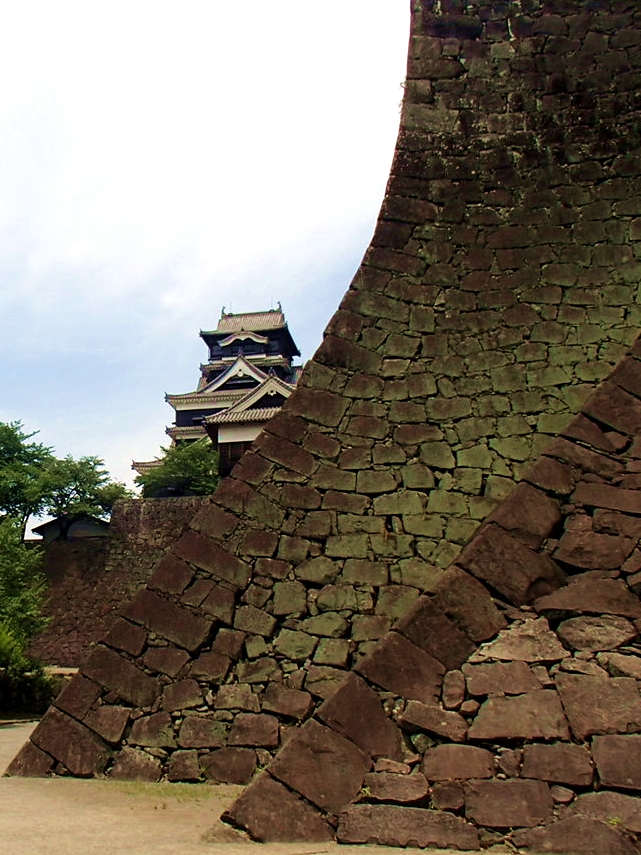
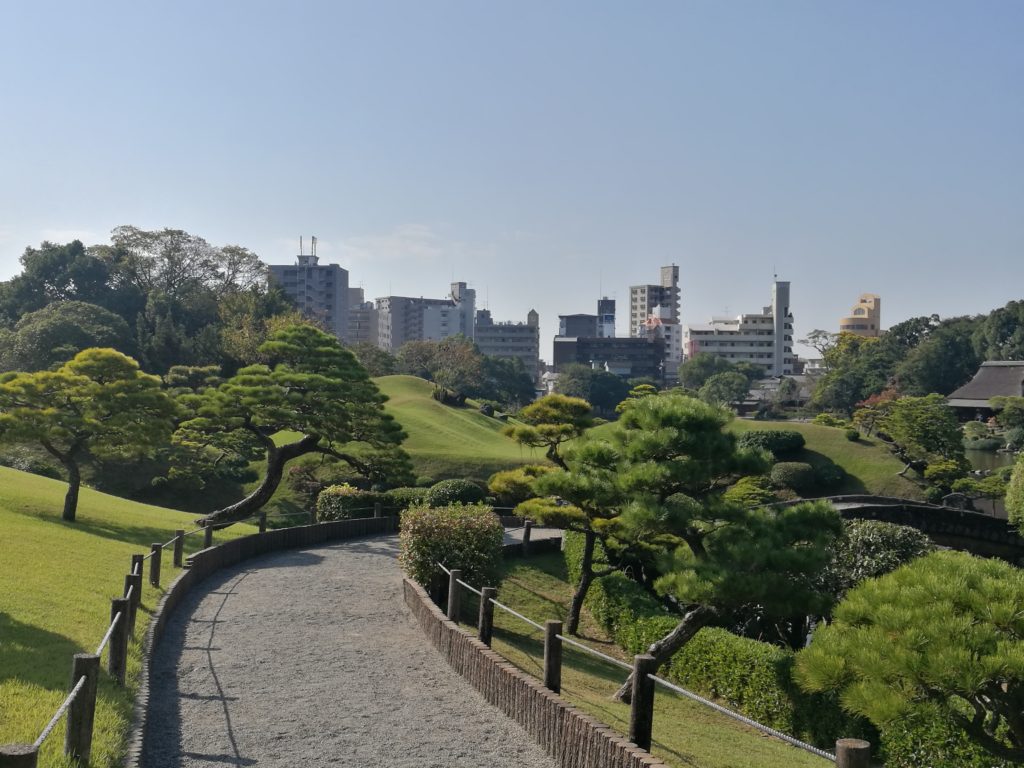
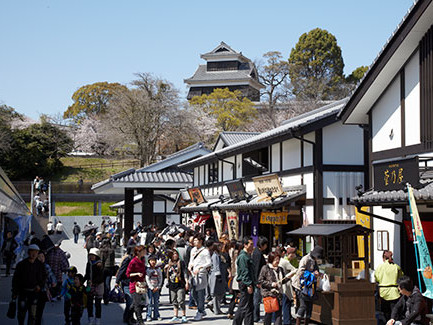
These days Kumamoto is known as a vibrant and relaxed city offering great restaurants and fashionable shops, art museums and freshwater lakes fed by underground springs. Boasting the best water quality in Japan thanks to the nearby Aso region.
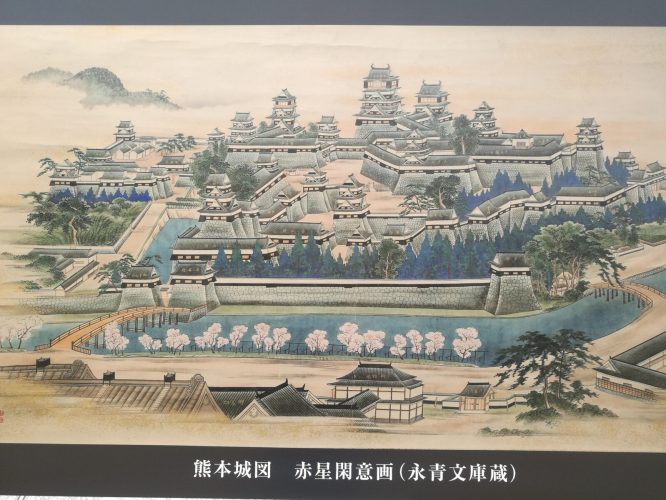
Kumamoto Castle - one of Japan's top 3
Many of the city’s historical samurai roots remain. Kumamoto Castle underwent a huge restoration project completed in time for its 400th birthday in 2007 making it one of the top tourist destinations in Kyushu. Unfortunately in the spring of 2016 two huge earthquakes hit the region resulting in massive damage to the castle.
Restoration is well under way though it is a process that will take decades to complete. The castle can still be visited, an elevated walkway has been built through the grounds so that you can see the castle grounds and also the devastion the earthquake caused plus the painstaking efforts to rebuild.
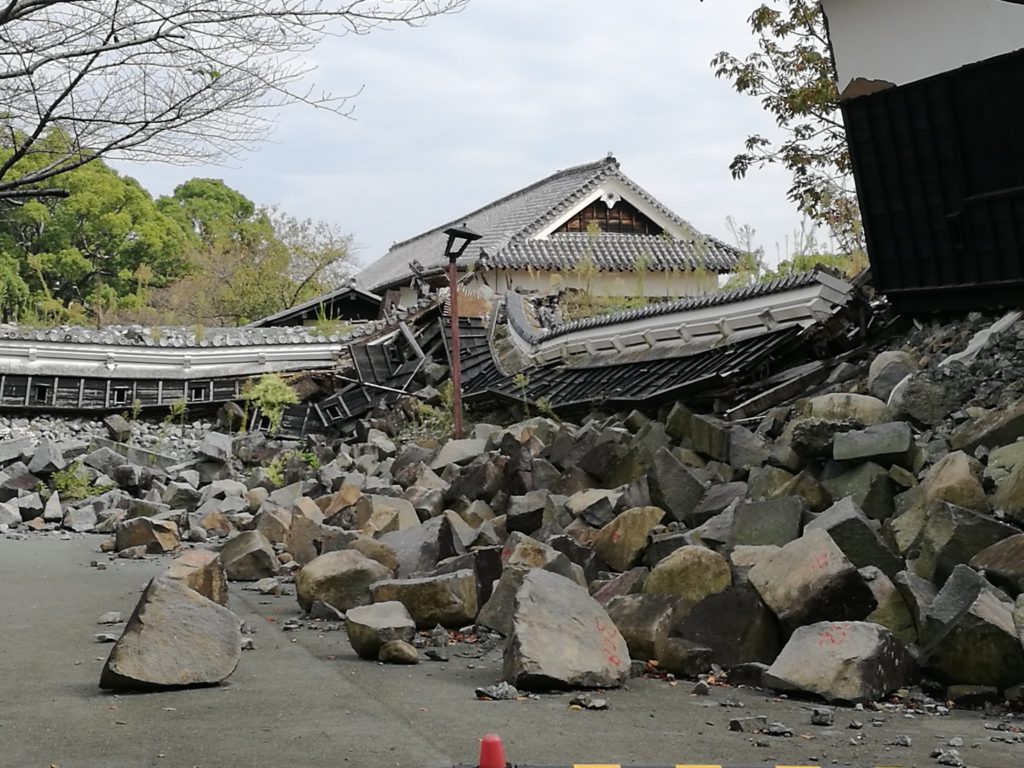
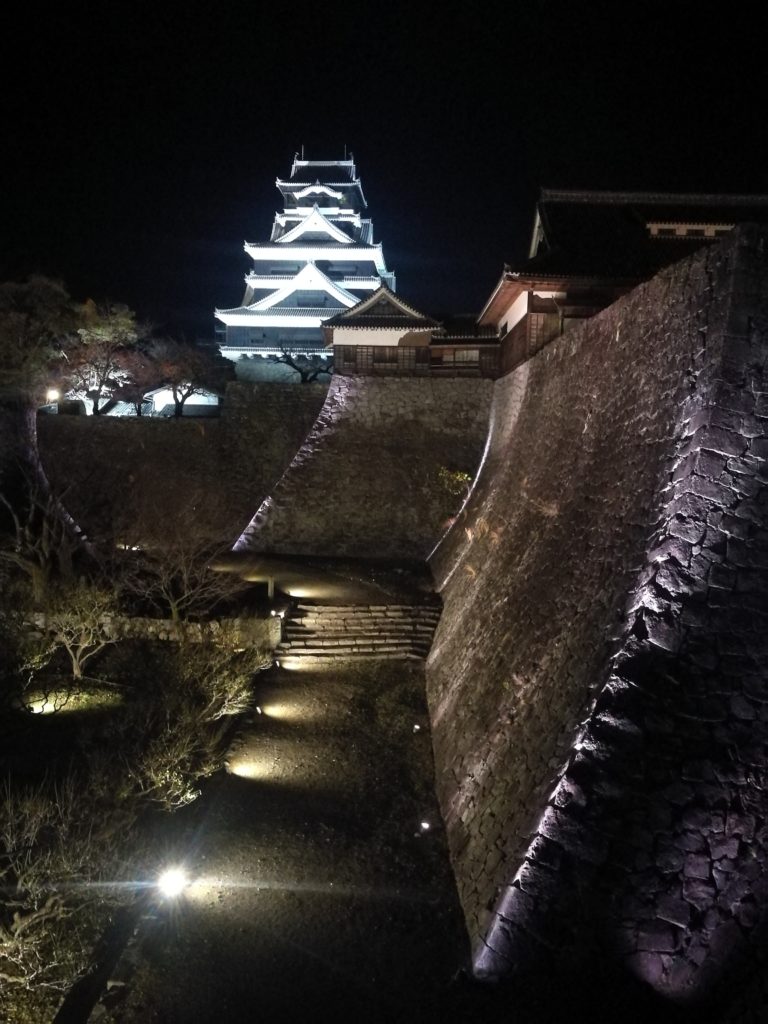
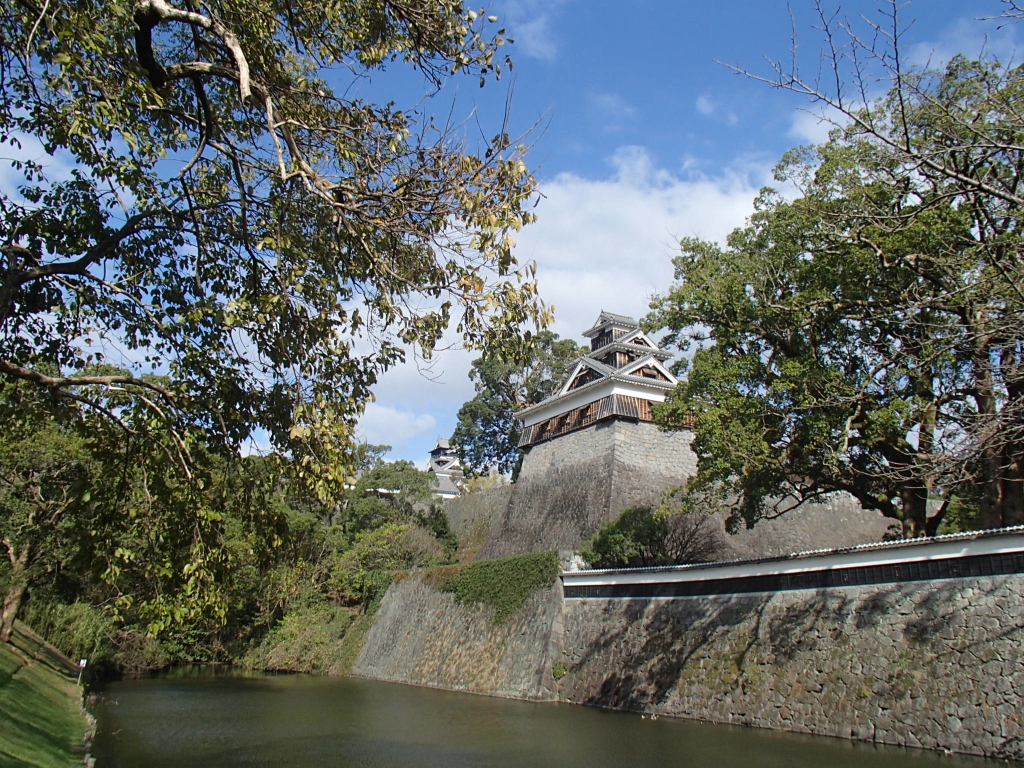
Kumamoto's literary links
Kumamoto also has strong literary links, the famous Japanese author, Natsume Soseki (the guy on the old 1000 Yen note) spent several years here while teaching at Kumamoto University and wrote about many of his experiences. Lafcadio Hearn, the Greek Irish writer who was one of the first foreigners to write about his life in Japan also spent several years teaching in Kumamoto. About Kumamoto he wrote:
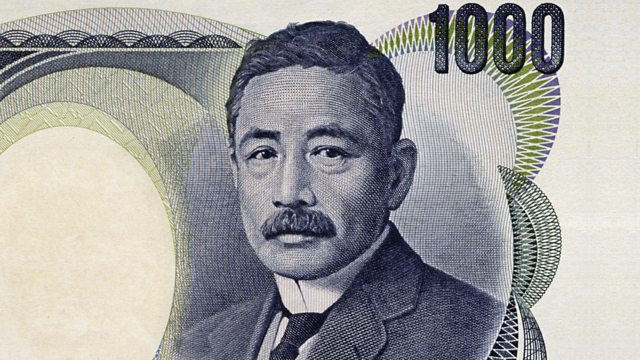
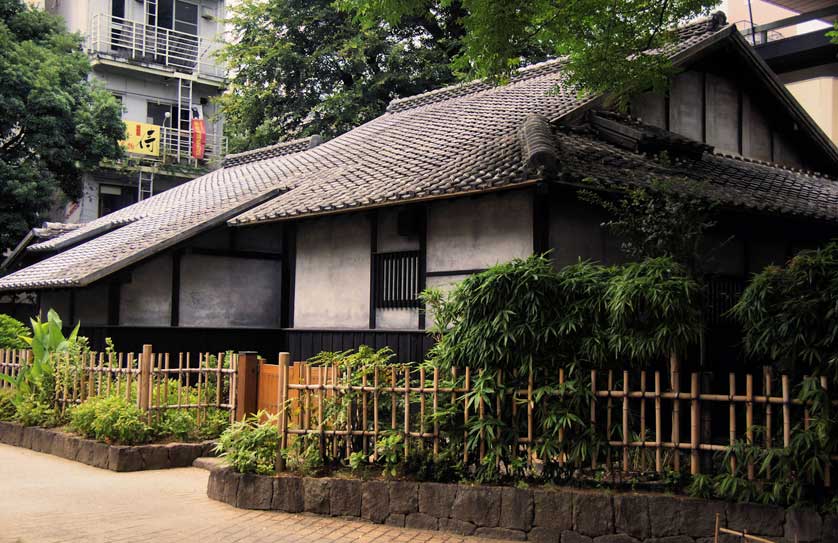
“The future of greatness of Japan will depend on the preservation of that Kyushu or Kumamoto spirit, the love of what is plain and good and simple, and the hatred of useless luxury and extravagance in life.”
The traditional Japanese house he lived in can still be visited, tucked away behind the Tsuruya Department Store which sells high fashion and luxury brand name goods in the city centre.
The 'One Piece' connection
Fans of Japanese manga will be excited to know that Kumamoto is also the birthplace of Eijiro Oda the creator of the world famous manga pirate adventure ‘One Piece’.
Dotted around Kumamoto Prefecture you will come across statues of the most famous One Piece characters.
This one of Luffy is in front of the Kumamoto Prefectural Hall.
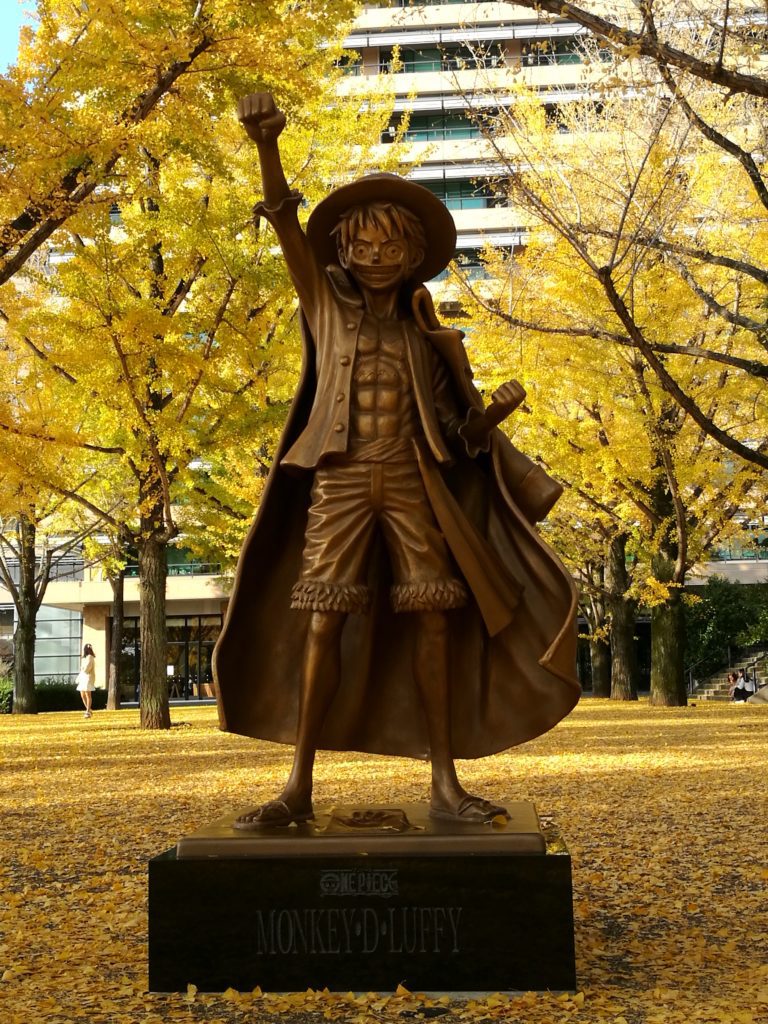
Kumamon - the mascot of Kumamoto
Another character you won’t be able to miss is Kumamon, Japan’s top mascot and the symbol of Kumamoto Prefecture. The smiling black bear with the rosy red cheeks was invented when the shinkansen was connected to Kumamoto in 2010, but he took the nation by storm in 2011 when he won the prize for Japan’s best Yurukyara mascot.
Due to clever marketing by Kumamoto Prefecture, Kumamon’s fame has now spread overseas and you can even meet him in person (or should it be in bearson?) at his office in Kumamon Square by Tsuruya Department store. Check his diary here!



Gardens & lakes
The beautifully kept Suizenji Gardens date back to the 17th Century and are well worth visiting in every season.
A short walk away you will come to the lovely Ezuko Lake area, a popular spot for Kumamoto locals to relax.

Kinpozan Mountains
Kumamoto has a strong connection with Musashi Miyamoto, Japan’s most legendary swordsman. Coming to Kumamoto at the invitation of the Hosokawa Lords he spent his last few years in Kumamoto city and it was in the Reigando cave on the slopes of Kinpozan he produced his master work The Book of Five Rings.
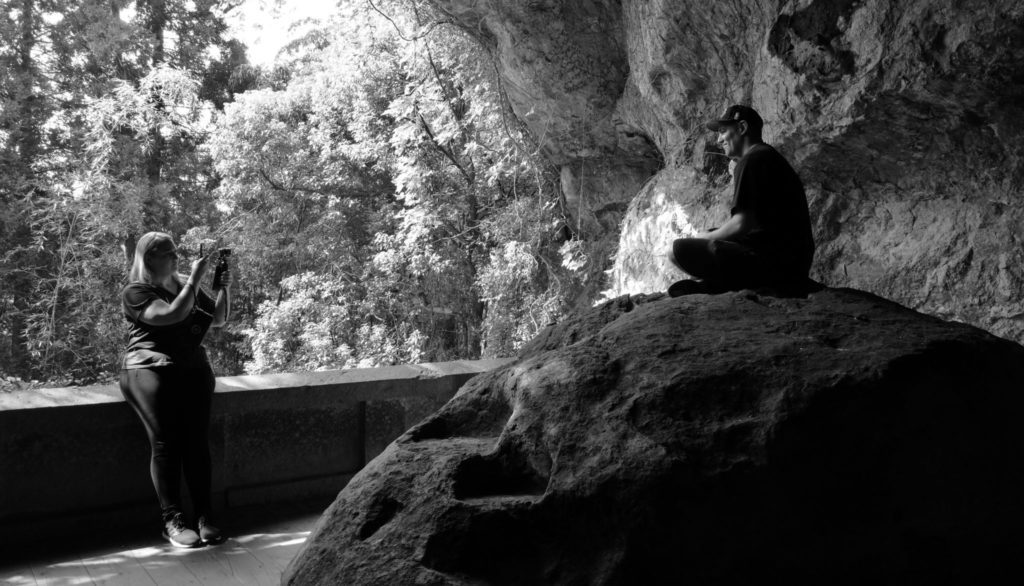
If you are interested in learning more about Musashi the Shimada Museum in Kumamoto City is worth visiting and in Musashigaoka you can see his official grave.
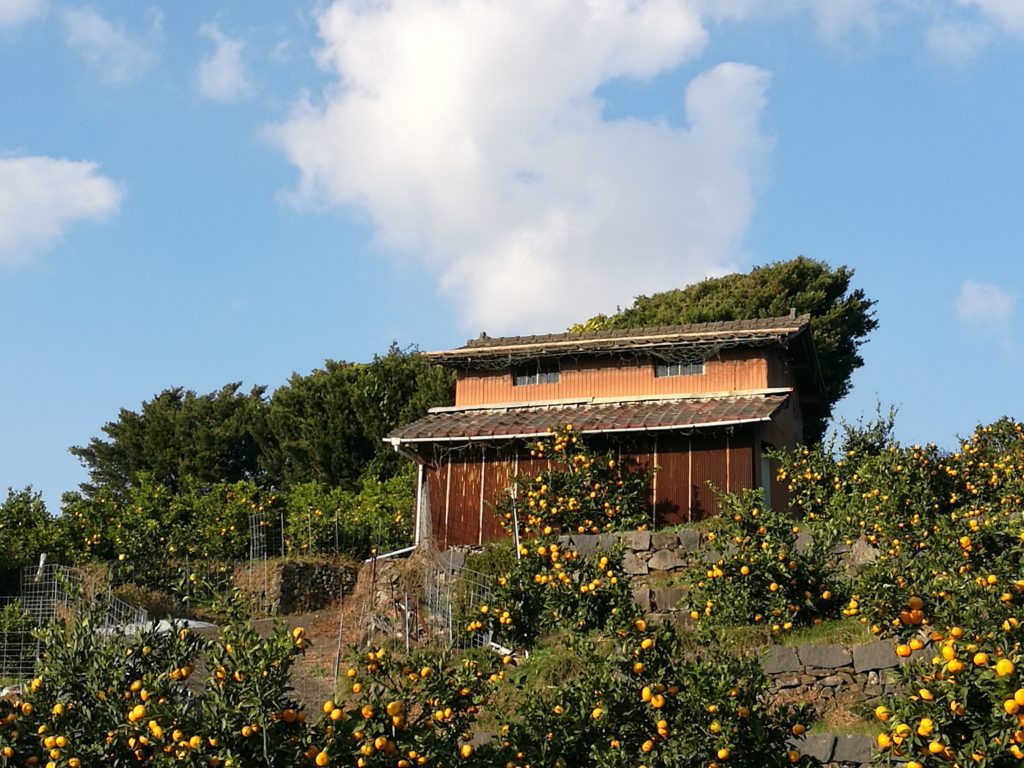
Mt. Kinpozan is a dormant volcano, ancient lava flows provided plenty of volcanic tuff – the rock used to build Kumamoto castle and also to terrace the mountain sides. The slopes are used for cultivating a variety of citrus fruits and from the Orange road you can watch the sun setting over the Ariake sea with the active volcano Mt. Unzen in the distance.
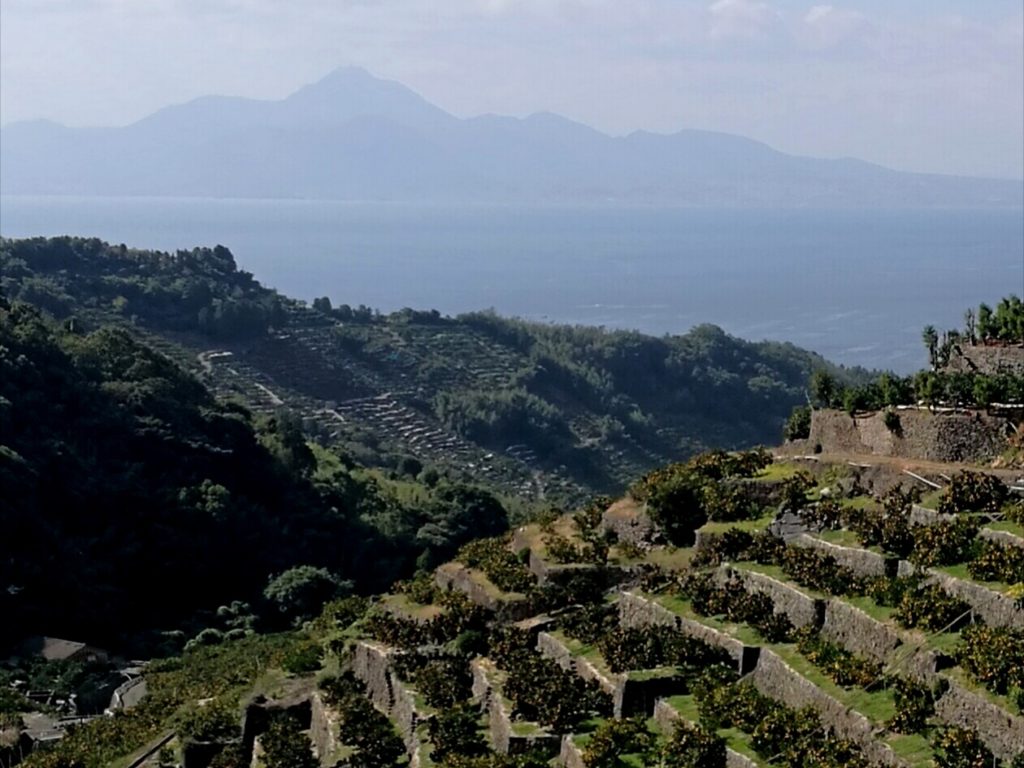
Below are activities and sights you can explore in and around Kumamoto City. Click on the titles to find out more. If you are interested in visiting any of these places on a guided tour contact Explore Kumamoto for a quote.
